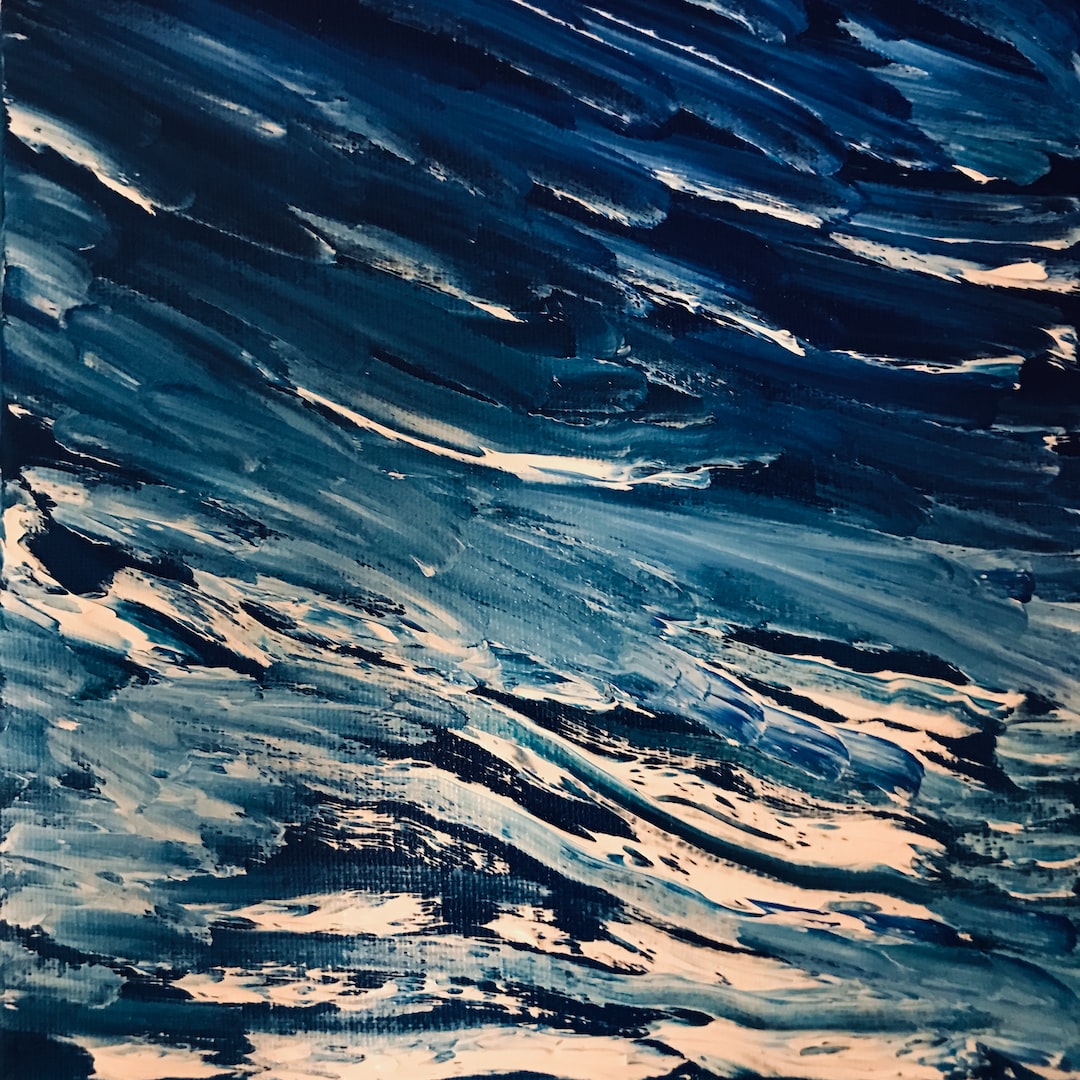Watercolor painting is a timeless art form that has been used for centuries. This form of painting involves the use of water-soluble pigments that are applied to paper or other absorbent surfaces. Watercolor paintings are characterized by their transparency, vibrant colors, and subtle hues.
The use of watercolor paintings dates back to the Renaissance era, where artists used this medium to create stunning artwork. Today, watercolor painting is enjoyed by artists of all skill levels, from beginners to seasoned professionals. In this guide, we’ll take a look at the basics of watercolor painting and what you need to get started.
Materials You’ll Need
The first step in watercolor painting is to gather all the necessary tools and supplies. This includes:
– Watercolor paints in tubes or pans
– Watercolor paper of various weights and sizes
– Brushes of different sizes and shapes
– Water cups for mixing
– A palette for mixing colors
– A pencil and eraser for sketching
– Masking tape for creating clean edges
Getting Started
The first step in watercolor painting is to sketch out your design. This can be done with a pencil or charcoal. Sketching is crucial because it helps you plan out the placement and composition of your painting.
Once you have your sketch in place, you can begin applying your watercolor paint. Watercolors are unique in that they require a lot of water. This means that you will need to wet your brush before dipping it into your paint. Watercolors are also transparent, so you’ll want to apply lighter shades first and gradually build up the color.
One technique that is commonly used in watercolor painting is to create layers of color. This involves applying multiple layers of paint to create depth and richness in your painting.
Tips for Success
– Use high-quality watercolor paper. The quality of the paper can make a big difference in the final product.
– Practice your brushstrokes. The way you apply paint to the paper can affect the end result.
– Use light, transparent washes to start. This will help you build up color and avoid over-saturation.
– Blend colors by dabbing your brush in water and then lightly brushing the paint on the paper.
– Experiment with different painting techniques, such as wet-on-wet, wet-on-dry, and dry-brushing.
Conclusion
Watercolor painting is a beautiful art form that can be enjoyed by anyone. With the right tools and techniques, you can create stunning artwork that highlights the subtle beauty and vibrancy of watercolor paints. If you’re new to watercolor painting, take the time to experiment and practice your techniques. With time and patience, you can become a master of this timeless art form.
